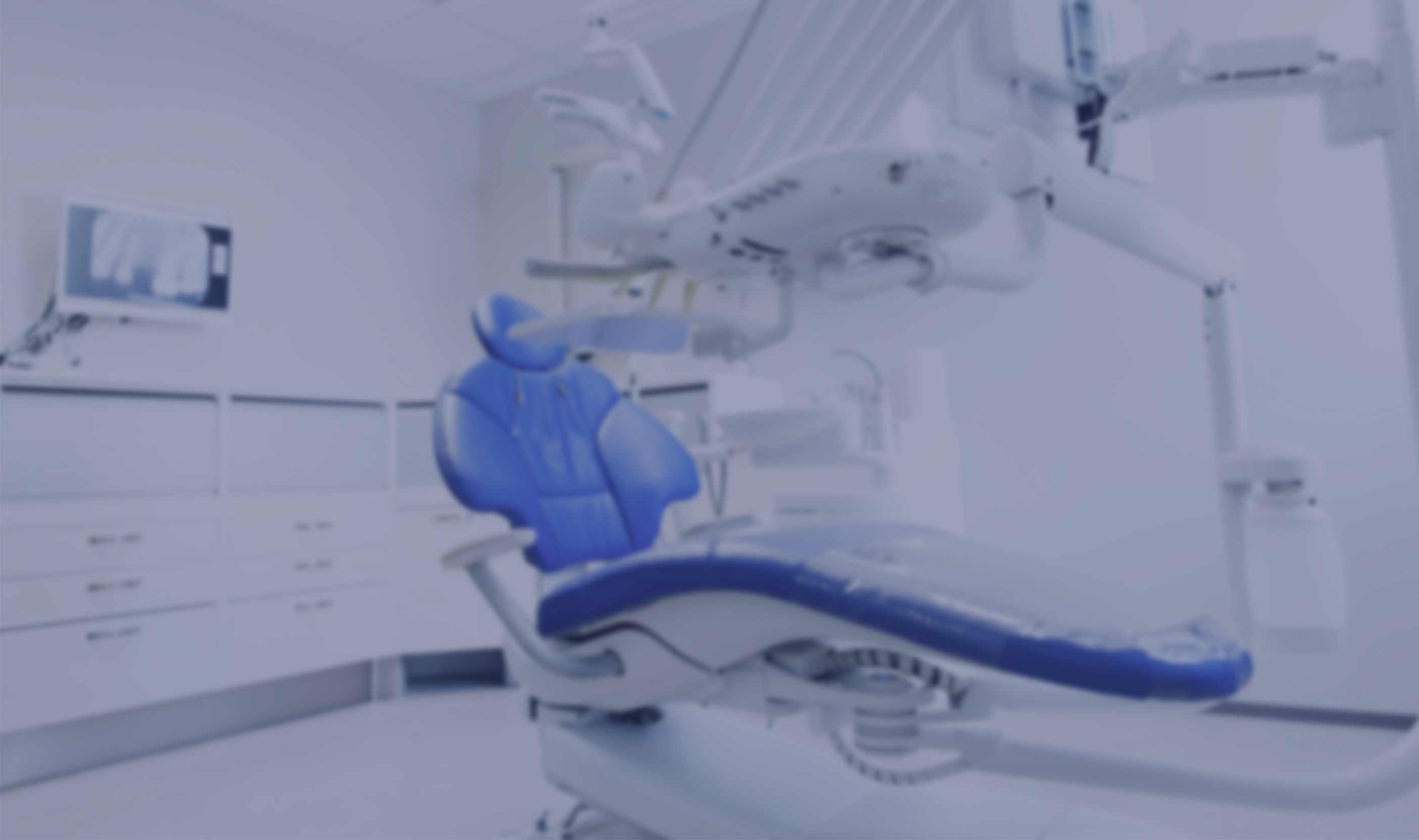Ventilation and Fallow Times in Dentistry – New Guidance Released
Summary
The Department of Health and Social Care, Public Health Wales, Public Health Agency Northern Ireland, Health Protection Scotland, Public Health Scotland, Public Health England and NHS England jointly issued guidance, on 20 October 2020, entitled “COVID-19: infection prevention and control dental appendix”. The guidance should be used in conjunction with previous guidance to facilitate remobilisation of dentistry and outlines key messages for dental services to ensure they are operating in a safe way.
The following information focuses on the key points made within this guidance document with respect to ventilation requirements and their importance in reducing the risk of aerosol contamination from potential airborne/droplet pathogens in a dental setting.
Is ventilation necessary?
The guidance states that “All enclosed workplaces must be ventilated by natural or artificial means as set out in the Workplace (Health, Safety and Welfare) Regulation”(https://www.hse.gov.uk/pubns/priced/l24.pdf).
Current healthcare guidance for new buildings and major refurbishments specifies that a treatment room should have at least 10 air changes per hour (ACH).
It is accepted that ventilation is important and the guidance states that “transitional arrangements may need to be in place to support dental practices where air changes are unknown or below this recommended level”.
How can air changes be increased in a surgery?
The guidance suggests that HEPA filter systems or UV-C are likely to be “effective” to clean the air as well as enhancing the air change rate. These units require validation by the manufacturer and appropriate maintenance. Fans and air conditioning may also be beneficial if used correctly, but fogging is not recommended.
What does this mean for post AGP fallow times?
SDCEP have proposed a pragmatic algorithm with mitigation factors for post AGP downtime that has been accepted by the 4 UK Chief Dental Officers. This algorithm is referred to in the new guidance and further details can be found at https://www.sdcep.org.uk/published-guidance/covid-19-practice-recovery/rapid-review-of-agps/.
The SDCEP algorithm advises that:
- Where there is ventilation but the ACH is unknown, or the ACH is 1 - 5: 30 minutes baseline post AGP fallow time is recommended with mitigation e.g. high-volume suction/rubber dam.
- 6 - 9 ACH: 20 minutes baseline post AGP fallow time.
- ≥10 ACH: 15 minutes baseline post AGP fallow time.
How can DD help?
DD are exclusive distributors of AeraMax Professional air cleaning units which clean the air in 4 steps including using a HEPA filter. The manufacturers of these units, Fellowes, have several years of experience in air cleaning and offer a range of evidence-based solutions, supported by robust scientific testing carried out by expert engineers. DD’s Engineering team have been trained to maintain and service these units as recommended by the guidance. Validation, maintenance and servicing records are likely to be required by regulatory bodies.
DD’s Equipment team are working closely with experts at Fellowes to assist with ACH calculations to suit our customers’ individual needs, to enable you to determine and validate a safe post AGP fallow time, thereby increasing your patient flow.
Call our team on 0800 585 586 or email equipmentsales@ddgroup.com to obtain your FREE quote and discuss FINANCE PACKAGES.
Further information can be found at:
- https://www.ddgroup.com/equipment/miscellaneous-equipment/qta025--aeramax-pro-iv-pc-air-purifier--wall-mounted/
- https://assets.publishing.service.gov.uk/government/uploads/system/uploads/attachment_data/file/928034/COVID-19_Infection_prevention_and_control_guidance_Dental_appendix.pdf



